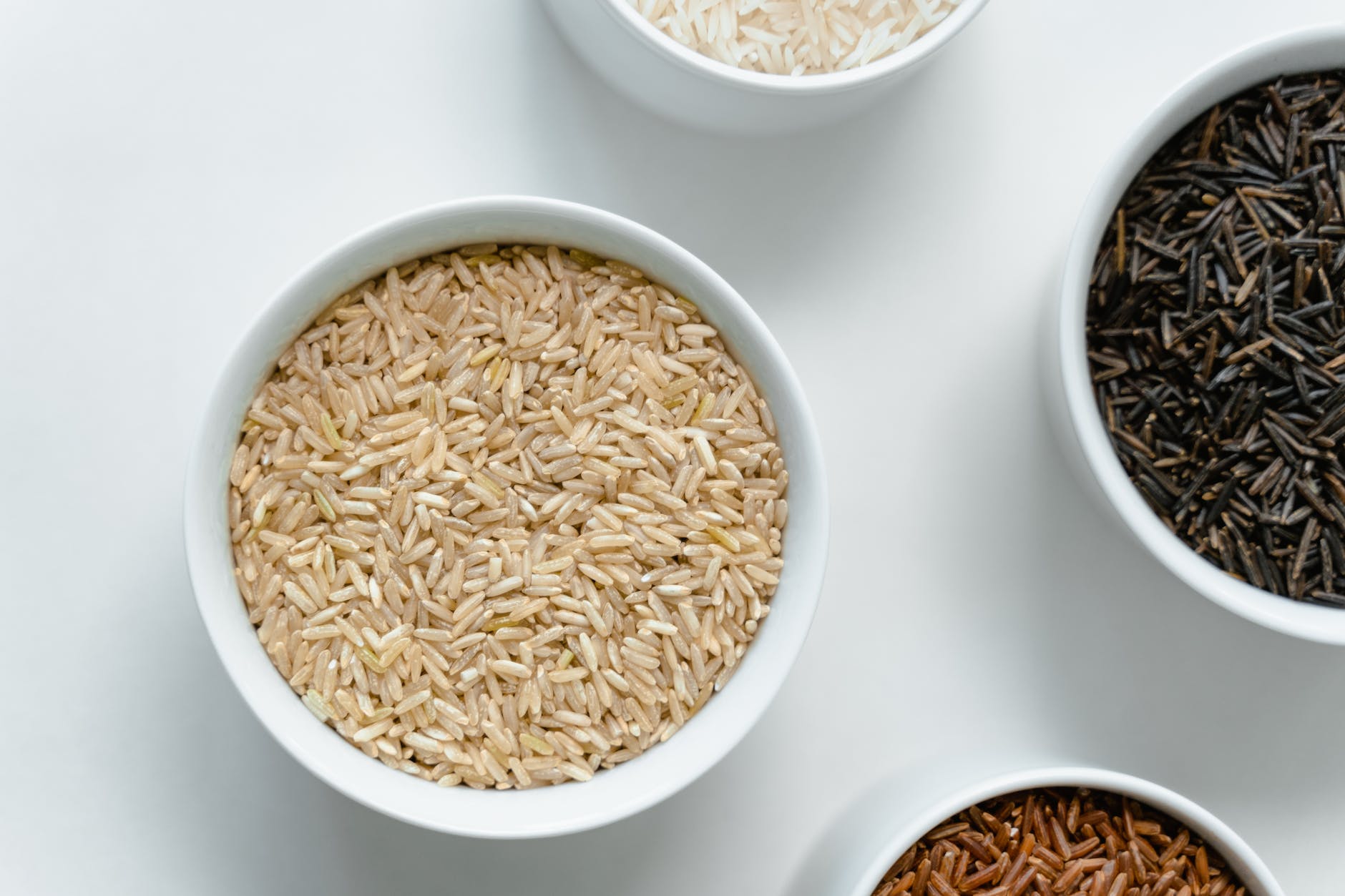
Introduction 🚀
Rice is a versatile and widely consumed staple food that can be incorporated into a weight loss diet when chosen wisely. In this comprehensive guide, we will delve deeper into the nutritional value of different rice varieties, explore cooking methods that promote weight loss, discuss portion control strategies, and provide practical tips for incorporating rice into your weight loss journey.
Understanding the Nutritional Value of Rice Varieties 🌾
- Brown Rice: Brown rice is a whole grain rice that undergoes minimal processing, retaining the bran and germ layers. It is a nutrient-dense option, rich in fiber, vitamins, minerals, and antioxidants. The high fiber content aids digestion, promotes satiety, and regulates blood sugar levels, making it an excellent choice for weight management.
- White Rice: White rice is more refined compared to brown rice. During processing, the outer bran and germ layers are removed, leaving behind the starchy endosperm. While white rice is lower in fiber and certain nutrients compared to brown rice, it still provides energy and can be part of a balanced diet when consumed in moderation.
- Basmati Rice: Basmati rice is a fragrant long-grain rice variety known for its distinct aroma and flavor. It has a lower glycemic index compared to some other rice types, meaning it has a less significant impact on blood sugar levels. This makes basmati rice a favorable choice for weight management, as it helps maintain steady energy levels and reduces cravings.
- Wild Rice: Wild rice is not technically a rice but the seed of aquatic grass. It is high in fiber, protein, antioxidants, and various nutrients. The fiber content helps regulate digestion, promotes satiety, and supports weight loss efforts. Wild rice has a nutty flavor and a slightly chewy texture.
- Red Rice: Red rice retains its red bran layer, making it a nutrient-dense choice. It contains more fiber, antioxidants, and minerals compared to white rice. The fiber content contributes to better digestion, increased feelings of fullness, and improved weight management.
Cooking Methods for Weight Loss-Friendly Rice 🍚🔥
The cooking methods you choose can impact the overall healthiness of rice-based meals:
- Steaming: Steaming rice helps preserve its nutrients and natural flavors. This gentle cooking method ensures that the rice retains its texture and doesn’t become overly sticky. Use a rice cooker or steaming basket to cook rice to perfection.
- Boiling: Boiling rice in an appropriate amount of water until tender is a common cooking method. Be cautious not to overcook it to avoid a mushy texture. To enhance the nutritional profile, opt for brown rice or other whole grain varieties.
- Rice Pilaf: Rice pilaf involves lightly sautéing rice in oil or butter before adding liquid for cooking. This method adds flavor and texture to the rice and can be done with various rice types, including brown rice and wild rice. Choose healthier fats and add vegetables for added nutritional value.
- Stir-Frying: Stir-frying rice with vegetables, lean proteins, and a minimal amount of oil can create a flavorful and nutritious meal. Use pre-cooked and cooled rice to achieve the desired texture. This method is well-suited for basmati rice and other long-grain varieties.
Portion Control Strategies ⚖️🍽️
Portion control plays a crucial role in weight loss. Here are some strategies to help you manage your rice portions:
- Use Measuring Cups: Measure your rice portions using measuring cups or a kitchen scale to ensure accuracy. The recommended portion size for cooked rice is typically around 1/2 to 1 cup, depending on your individual needs and calorie goals.
- Balance Your Plate: Instead of filling your plate solely with rice, create a balanced meal by incorporating protein sources (such as lean meats, fish, tofu, or legumes), a variety of vegetables, and healthy fats. This ensures a more nutrient-rich and satisfying meal.
- Increase Vegetable Content: Include a generous amount of vegetables in your rice-based dishes to add volume, fiber, and nutrients while reducing the proportion of rice. This helps create a more filling and nutritious meal with fewer calories.
- Practice Mindful Eating: Pay attention to your hunger and fullness cues while eating rice. Eat slowly, savor each bite, and stop when you feel comfortably satisfied. This mindful approach to eating can prevent overconsumption and promote better portion control.
Practical Tips for Incorporating Rice into Your Weight Loss Journey 📝💡
- Choose Whole Grain Options: Opt for brown rice, wild rice, or other whole grain varieties to maximize nutritional value and fiber content.
- Meal Prep: Prepare rice in advance and portion it into individual containers for quick and convenient meals throughout the week. This helps control portion sizes and reduces the likelihood of overeating.
- Experiment with Rice Blends: Mix different rice varieties, such as brown rice and wild rice, for added texture, flavor, and nutritional diversity. Blends can offer a unique combination of taste and health benefits.
- Use Rice as a Side Dish: Instead of making rice the main component of your meal, use it as a side dish or part of a larger dish. This helps ensure a well-rounded meal with a balanced distribution of nutrients.
- Explore International Cuisines: Discover recipes from various cuisines that feature rice in healthier preparations, such as vegetable stir-fries, rice salads, or rice-based soups. This allows you to enjoy the flavors of different cultures while incorporating rice in a weight loss-friendly manner.
Conclusion 🏁
Choosing the best rice for weight loss involves considering the nutritional value, cooking methods, and portion control. Whole grain options like brown rice, wild rice, and basmati rice offer higher fiber content and additional nutrients compared to refined white rice. Pair rice with lean proteins, vegetables, and healthy fats to create well-balanced meals. Employ portion control strategies and practice mindful eating to manage rice portions effectively. With careful selection, preparation, and moderation, rice can be a satisfying and nutritious addition to your weight loss journey.
Disclaimer: This blog post is intended for informational purposes only and should not replace professional medical advice. Consult with a healthcare professional or registered dietitian for personalized dietary recommendations.










